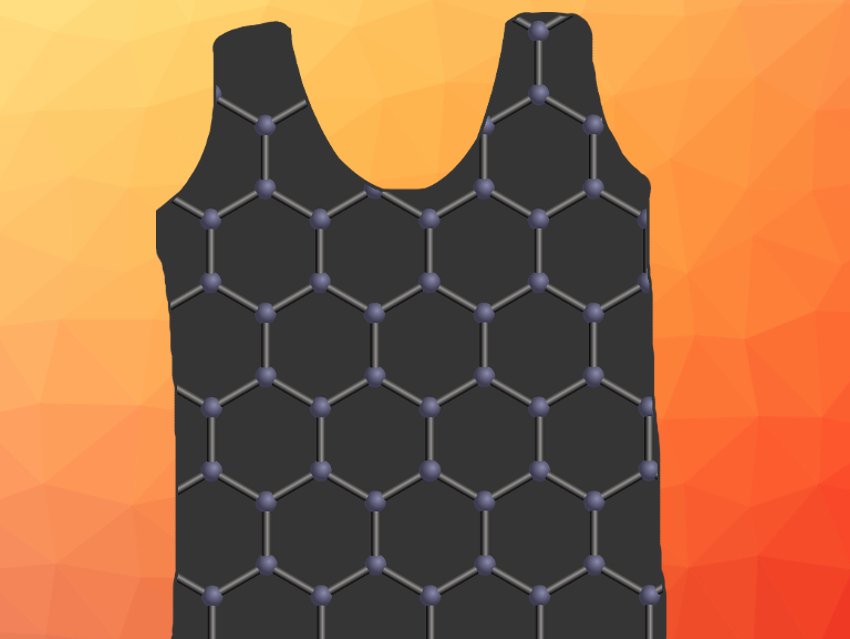Aromatic polyamides, or aramids, are a type of polymer that can form strong fibers used, e.g., in bulletproof vests. Graphene is another material known for its unusual mechanical strength. Combining the two could lead to fibers with improved mechanical and electrical properties. Incorporating graphene into polymers is usually challenging due to a lack of interactions, but the aromaticity of aramids could provide ample π–π interactions.
The direct exfoliation of graphite by the superacid chlorosulfonic acid (CSA) is an effective, scalable method for the production of graphene. While many other polymers are destroyed by CSA, aramids such as poly(p-phenylene terephthalamide) (PPTA) is simply dissolved. This allowed Steve G. Yeates, Nigel S. Scrutton, University of Manchester, UK, and colleagues to co-process PTTA with graphene in CSA and spin the resulting composite material into fibers.
The team synthesized PPTA from benzene-1,4-dicarbonyl dichloride and benzene-1,4-diamine. Then they dispersed graphite nanoplatelets in CSA and added the PPTA. The resulting solutions were wet-spun into a water coagulation bath using a custom-made spinning rig to obtain the desired composite fibers. The graphene is well-dispersed in the fibers. The mechanical properties of the fibers are not as good as expected due to a release of gases during fiber production that leads to porosity. However, according to the researchers, further optimization of the process could overcome these issues.
- Graphene–aramid nanocomposite fibres via superacid co-processing,
Aled D. Roberts, Paul Kelly, Jennifer Bain, John J. Morrison, Ian Wimpenny, Mike Barrow, Robert T. Woodward, Matthieu Gresil, Christopher Blanford, Sam Hay, Jonny J. Blaker, Steve G. Yeates, Nigel S. Scrutton,
Chem. Commun. 2019.
https://doi.org/10.1039/c9cc04548a




